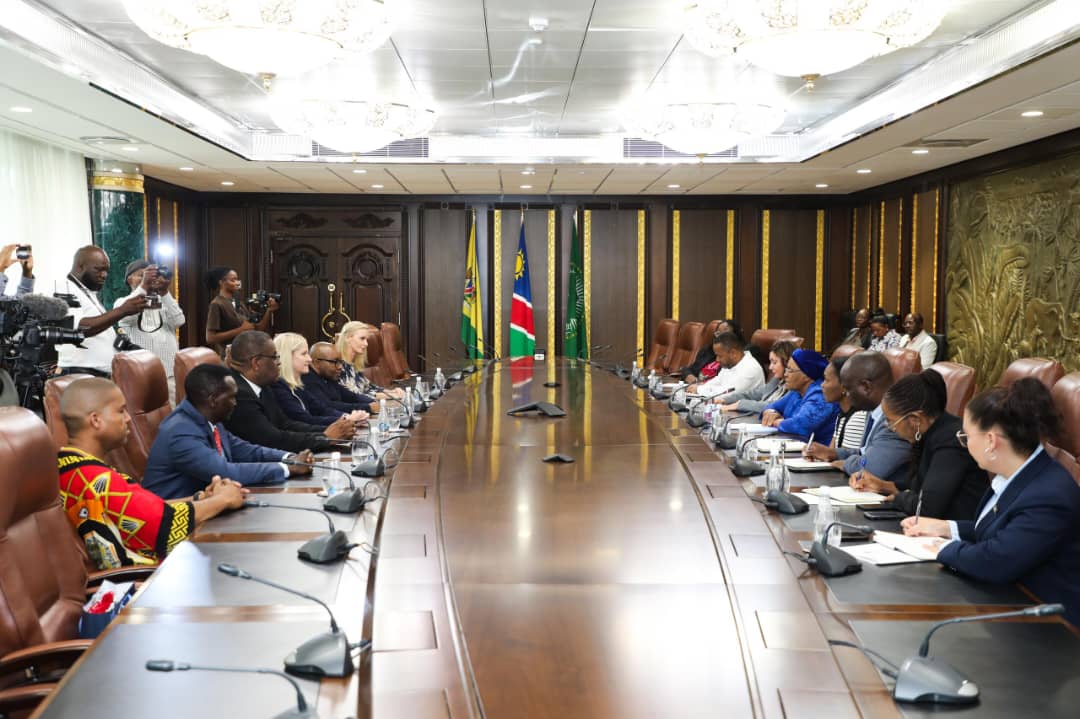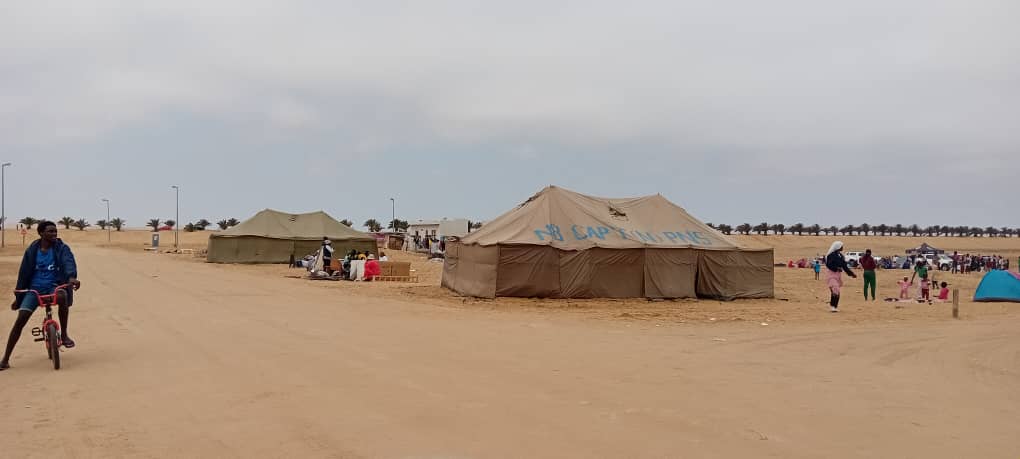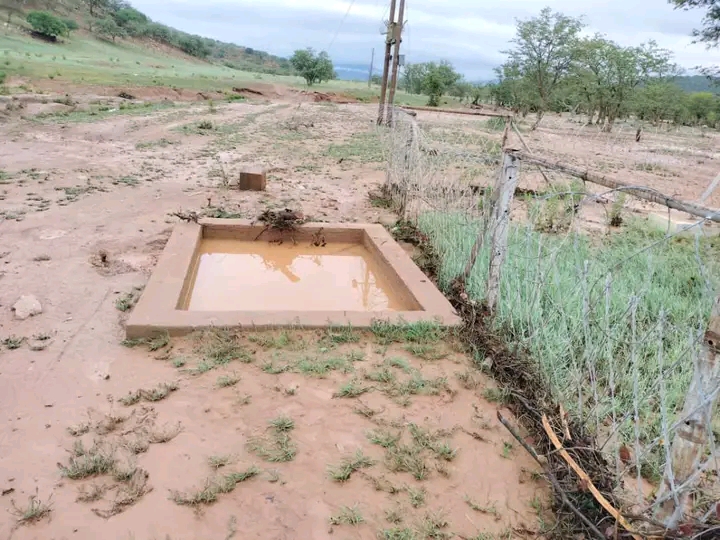THE 15 000 metric ton increase in the total allowable catch (TAC) for the hake sector, announced by Cabinet last week, has brought a glimmer of hope to the ailing fishing industry.
“The 195 000 tonnes TAC is very positive news,” said Silvanus Kathindi, Chairperson of the Walvis Bay Hake Association and MD of Etale Fishing. He told The Namibian catches had been better over the past season.According to Namfish MD, Johan Bleeker, it was the first time in three seasons that they had been able to catch the full quota.”We are very happy with the TAC,” he said.Kathindi and Bleeker regarded the fact that fish sizes were generally smaller as a very positive sign for the future of the resource.Players in the fishing industry said that overall there seemed to be an improvement compared to the 2002 season.Last year they supported the 15 000 mt reduction in the TAC because of “concern over the stock”.An observer in the industry ascribed the increase in the TAC for the new season to politics because of the upcoming elections.According to him, the final TAC approved by Cabinet last week was much higher than the scientists had recommended.Kathindi said the fishing industry continued to experience tough times as a result of the strengthening of the South African rand [Namibian dollar].The white fish sector, which exports most of its production to Europe and elsewhere, has been struggling to make ends meet.”Most companies have been forced to resort to very aggressive cost-saving mechanisms in order to survive,” said Kathindi.Some companies indicated late last year that should the rand continue to show strength, they would only be able to hang on until the first quarter of this year.Kathindi said that so far he was not aware of any companies that planned to close down.He added, though, that the recent increase in the diesel price had come at the worst time possible.”A small company like Etale already uses more than one million litres per month.With the price increase our costs have gone up by between N$170 000 to N$200 000 a month.”When it announced the TAC, Cabinet said the hake industry was the most commercially valuable fishery in the country.In 2003 the value of hake products was about N$2,9 billion.The industry employs 6 334 Namibians onshore and 3 159 offshore.He told The Namibian catches had been better over the past season.According to Namfish MD, Johan Bleeker, it was the first time in three seasons that they had been able to catch the full quota.”We are very happy with the TAC,” he said.Kathindi and Bleeker regarded the fact that fish sizes were generally smaller as a very positive sign for the future of the resource.Players in the fishing industry said that overall there seemed to be an improvement compared to the 2002 season.Last year they supported the 15 000 mt reduction in the TAC because of “concern over the stock”.An observer in the industry ascribed the increase in the TAC for the new season to politics because of the upcoming elections.According to him, the final TAC approved by Cabinet last week was much higher than the scientists had recommended.Kathindi said the fishing industry continued to experience tough times as a result of the strengthening of the South African rand [Namibian dollar].The white fish sector, which exports most of its production to Europe and elsewhere, has been struggling to make ends meet.”Most companies have been forced to resort to very aggressive cost-saving mechanisms in order to survive,” said Kathindi.Some companies indicated late last year that should the rand continue to show strength, they would only be able to hang on until the first quarter of this year.Kathindi said that so far he was not aware of any companies that planned to close down.He added, though, that the recent increase in the diesel price had come at the worst time possible.”A small company like Etale already uses more than one million litres per month.With the price increase our costs have gone up by between N$170 000 to N$200 000 a month.”When it announced the TAC, Cabinet said the hake industry was the most commercially valuable fishery in the country.In 2003 the value of hake products was about N$2,9 billion.The industry employs 6 334 Namibians onshore and 3 159 offshore.
Stay informed with The Namibian – your source for credible journalism. Get in-depth reporting and opinions for
only N$85 a month. Invest in journalism, invest in democracy –
Subscribe Now!










